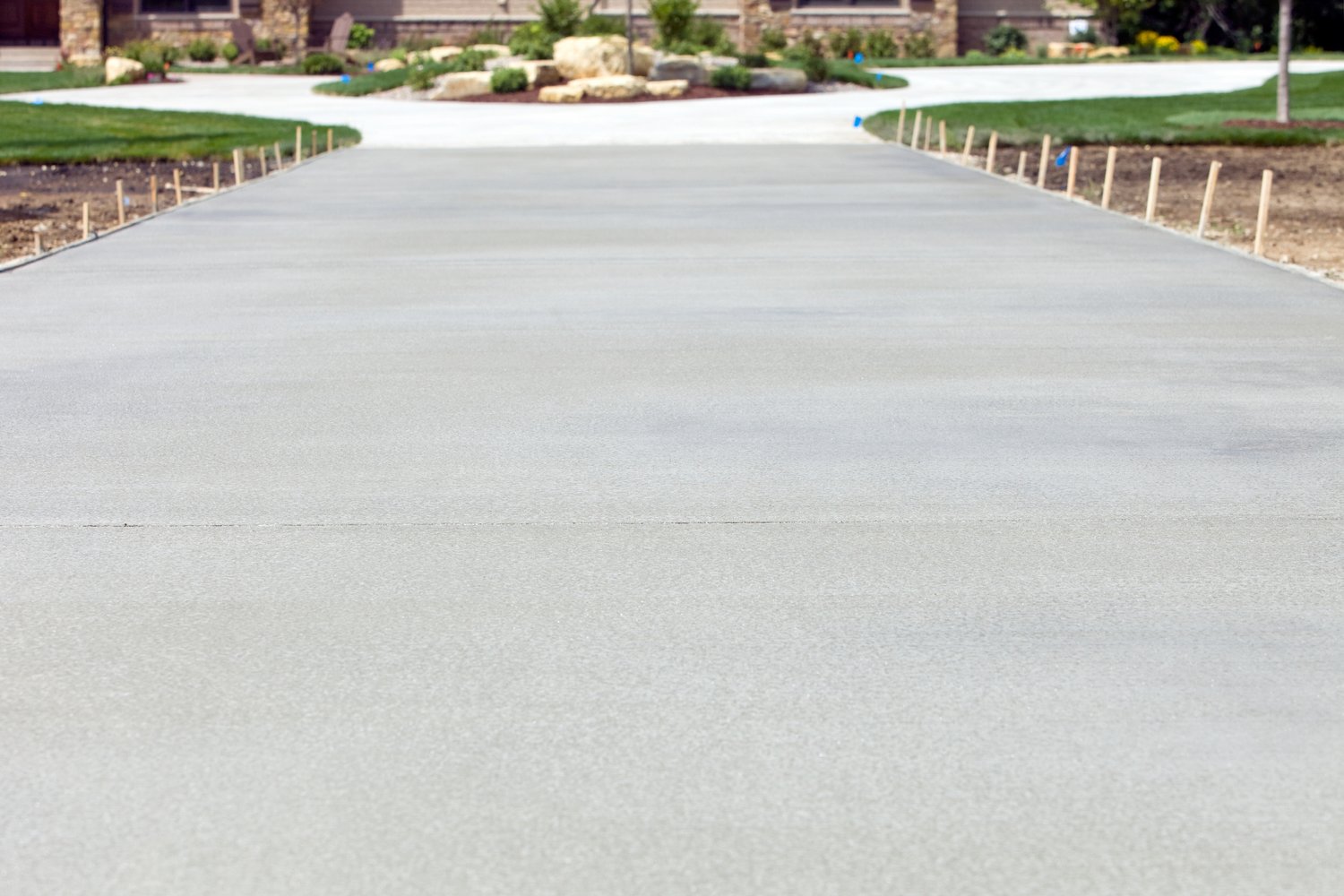A well-maintained concrete driveway not only enhances your home’s curb appeal but also serves as a durable surface for decades. Without proper care, however, even the best-installed concrete drive can deteriorate prematurely due to weather exposure, vehicle traffic, and chemical spills. Regular concrete driveway maintenance can extend its lifespan by preventing cracks, spalling, and discoloration. This article covers essential practices for cleaning, sealing, and repairing your concrete driveway to ensure it remains functional and attractive for years to come.
Understanding Your Concrete Driveway
Concrete is one of the most popular driveway materials due to its strength, versatility, and relatively low maintenance requirements. However, contrary to common belief, concrete isn’t maintenance-free. The porous nature of concrete makes it susceptible to staining, water penetration, and freeze-thaw damage in colder climates. Additionally, the weight of vehicles and environmental factors can cause stress that leads to cracking over time. Understanding these vulnerabilities is the first step in implementing an effective maintenance routine for your concrete drive.
Regular Cleaning Practices
The foundation of concrete driveway maintenance is regular cleaning. A clean concrete drive not only looks better but also prevents the buildup of substances that can damage the surface over time. Begin with removing loose debris using a push broom or leaf blower. For general cleaning, use a garden hose with a spray nozzle to rinse the entire surface. For more stubborn dirt, a pressure washer on a low setting (under 3000 psi) can be effective, but be careful not to use too much pressure as this can etch or damage the concrete surface.
For oil stains, which are common on driveways, apply a concrete degreaser or dish soap directly to the stain, scrub with a stiff brush, and rinse thoroughly. For rust stains, a commercial rust remover designed for concrete is your best option. Always test cleaning products on a small, inconspicuous area first to ensure they won’t discolor your driveway. Regular cleaning prevents stains from setting deeply into the concrete and becoming permanent.
The Importance of Sealing
Perhaps the most critical aspect of extending your concrete driveway’s life is applying a quality sealer. When you seal concrete driveway surfaces, you create a protective barrier that prevents water penetration, chemical damage, and staining. Most experts, including those at AskHomey, recommend sealing a new concrete driveway after it has fully cured (typically 28 days) and resealing every 2-5 years depending on your climate and the amount of traffic.
Before applying sealer, ensure the concrete is completely clean and dry. Choose a sealer appropriate for your climate and needs—options include acrylic, epoxy, and penetrating sealers. Acrylic sealers provide good protection and enhance color, while penetrating sealers offer invisible protection without changing the appearance. Apply the sealer according to the manufacturer’s instructions, typically using a roller or sprayer, and allow adequate drying time before using the driveway. Remember that sealing is not a one-time task but a periodic maintenance requirement to ensure long-term protection.
Addressing Cracks and Damage
Even with diligent maintenance, concrete driveways may develop cracks over time due to settling, heavy loads, or extreme temperature fluctuations. The key to successful concrete driveway maintenance is addressing these issues promptly before they worsen. To repair cracked concrete, first clean the crack thoroughly, removing any loose debris with a wire brush. For hairline cracks (less than 1/8 inch wide), a crack sealer or liquid concrete repair compound works well.
For larger cracks (1/4 to 1/2 inch), use a concrete patching compound that contains sand or gravel. Follow the manufacturer’s instructions for mixing and application, and ensure the repair material is packed firmly into the crack. For very large cracks or uneven sections, you may need to consult a professional. After repairing cracks, consider applying a sealer over the entire driveway to ensure consistent appearance and protection.
Seasonal Maintenance Considerations
Different seasons present unique challenges for concrete driveway maintenance. In winter, avoid using deicing chemicals containing ammonium nitrate and ammonium sulfate, as these can damage concrete. Instead, use sand for traction or calcium chloride-based products if deicing is necessary. Remove snow promptly using plastic shovels rather than metal ones, which can scratch the surface.
In spring, perform a thorough cleaning to remove winter residue and inspect for new damage. Summer is often the best time to seal your concrete drive due to warm, dry conditions that allow proper curing of sealants. In fall, remove leaves and organic debris promptly to prevent staining, and prepare the driveway for winter by filling any cracks that could be exacerbated by freeze-thaw cycles.
Preventive Measures
Beyond regular cleaning and sealing, several preventive measures can extend your concrete driveway’s life. Avoid parking heavy vehicles like RVs or trucks on the driveway for extended periods. Place drip pans under vehicles with fluid leaks to prevent oil staining. Consider installing drainage solutions if water tends to pool on or alongside your driveway, as proper drainage prevents erosion of the subbase and reduces freeze-thaw damage.
For more tips and to connect with reliable home service professionals, follow AskHomey on Facebook and Instagram.



